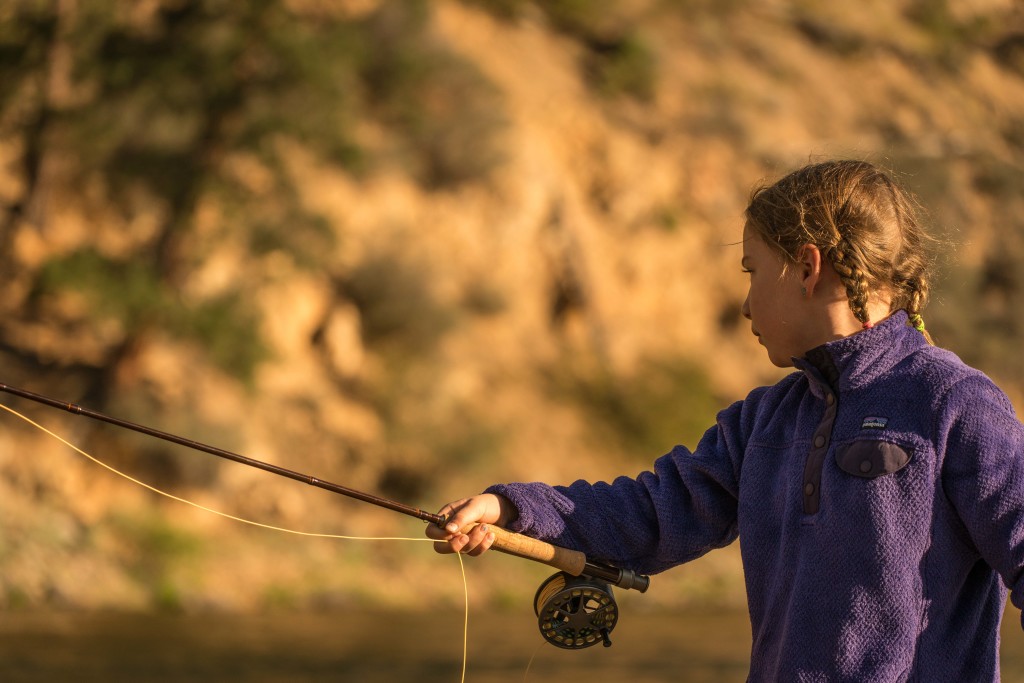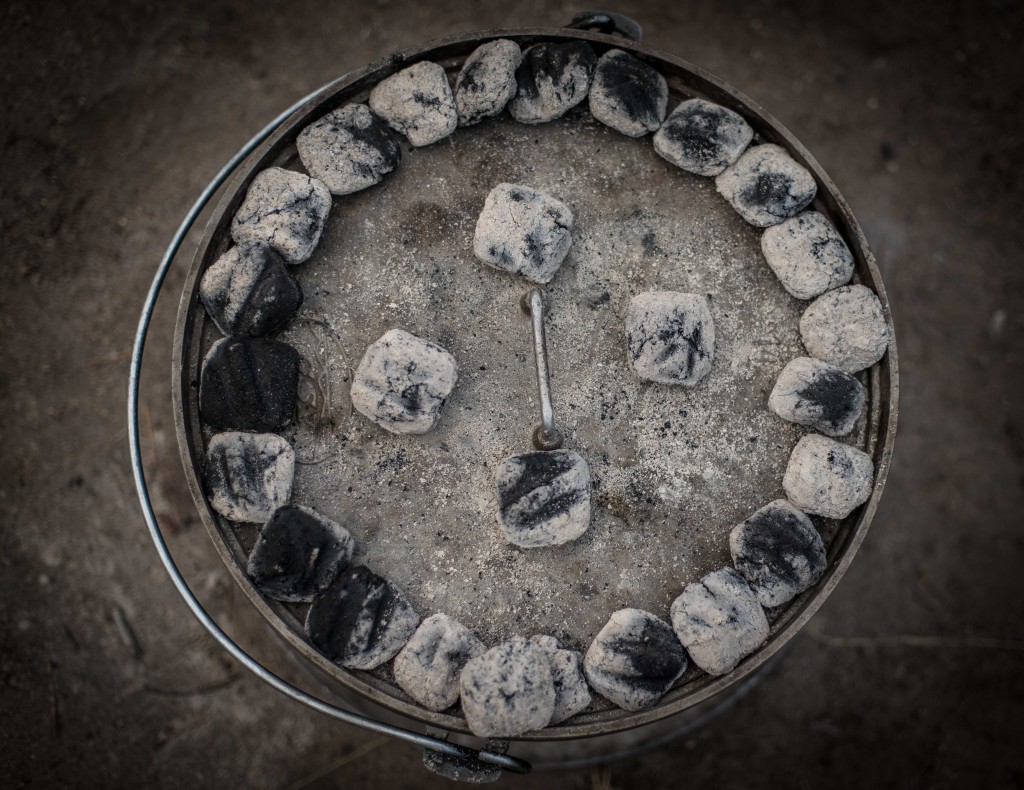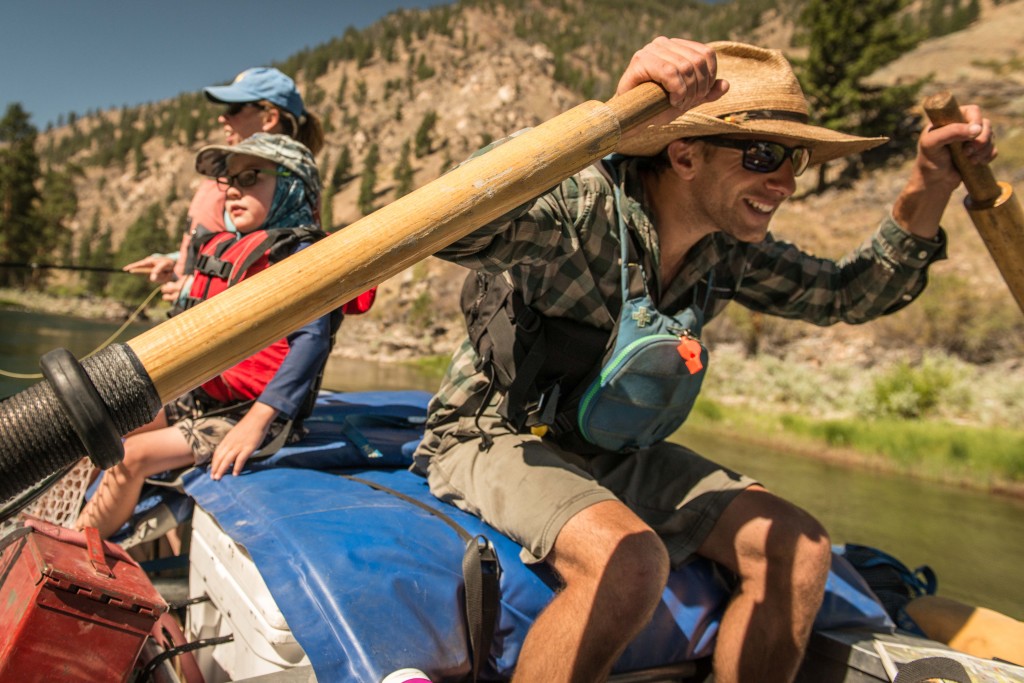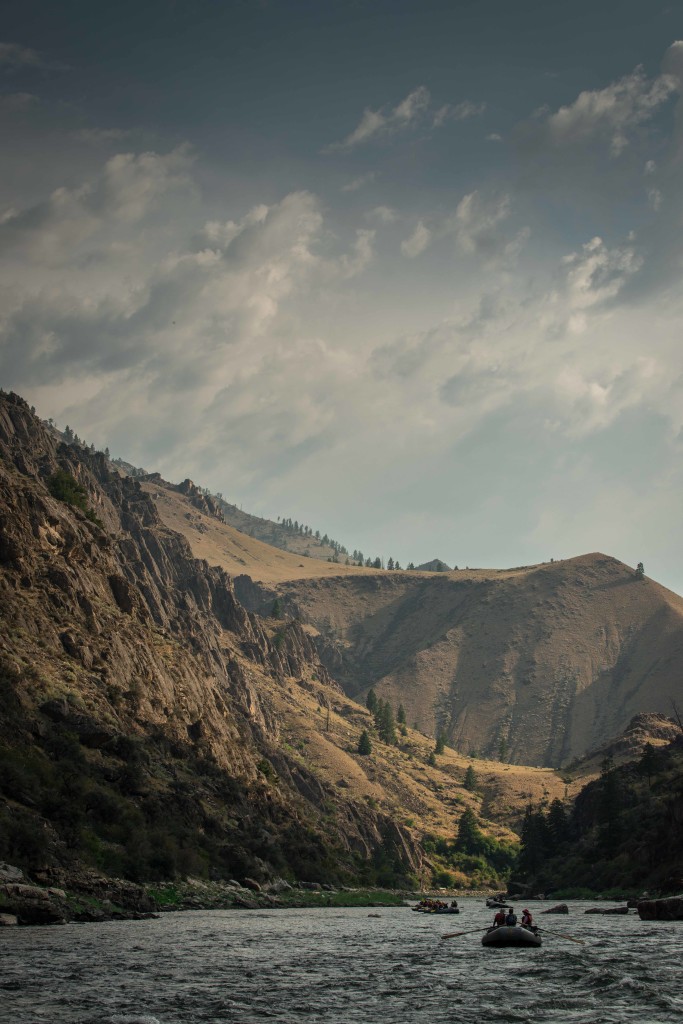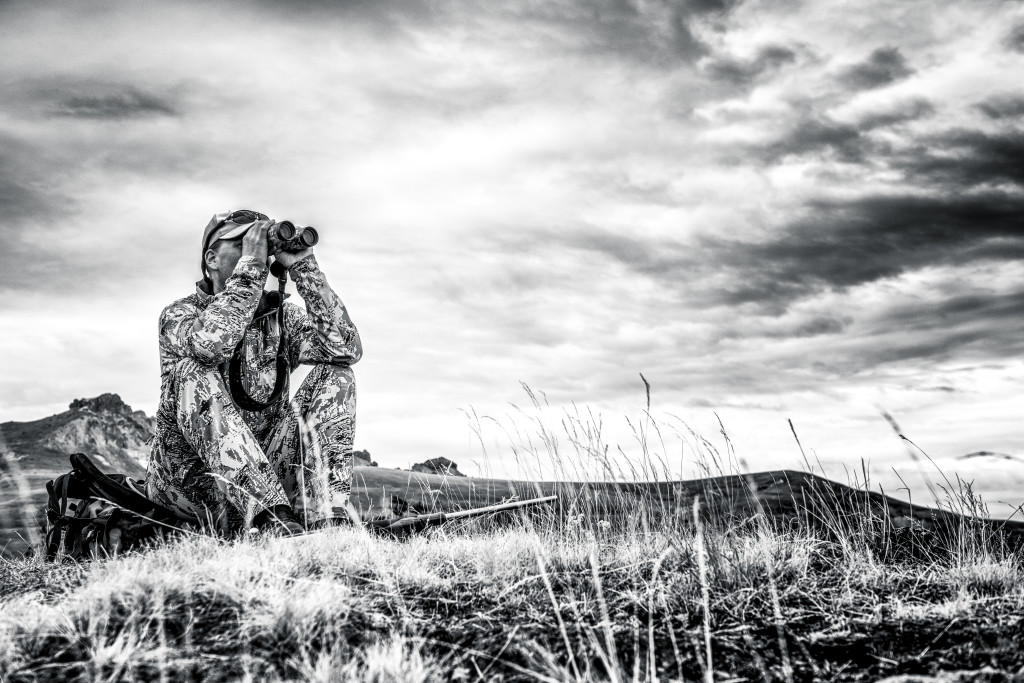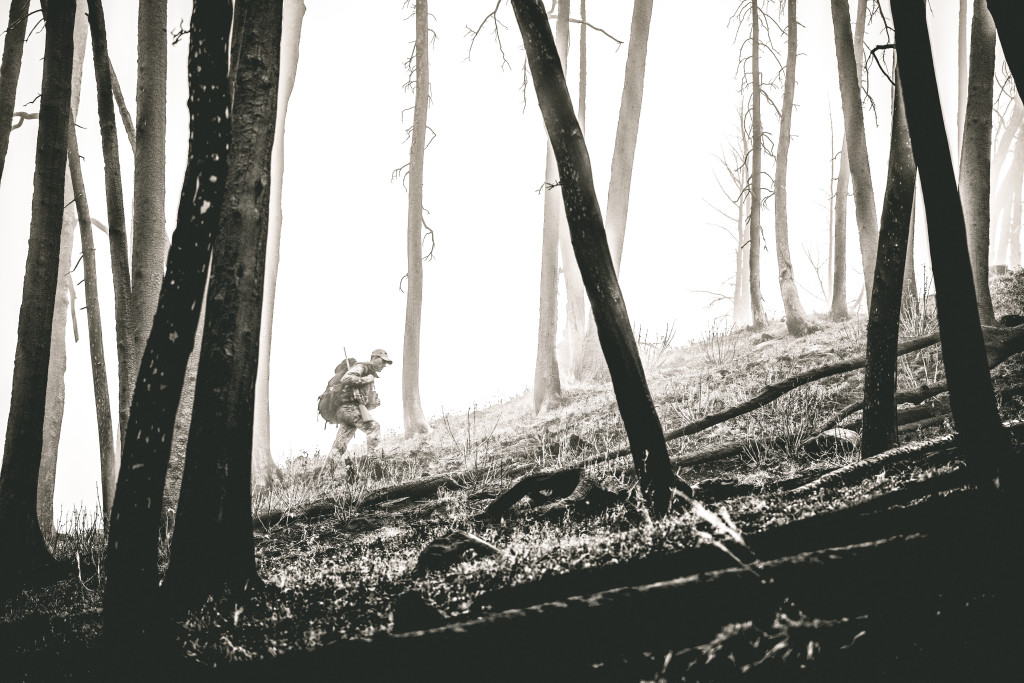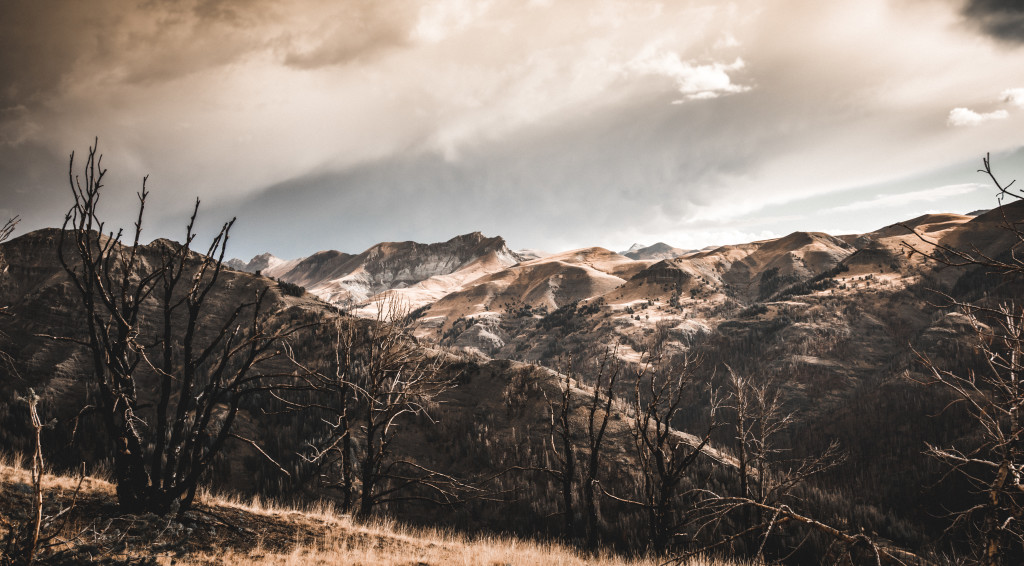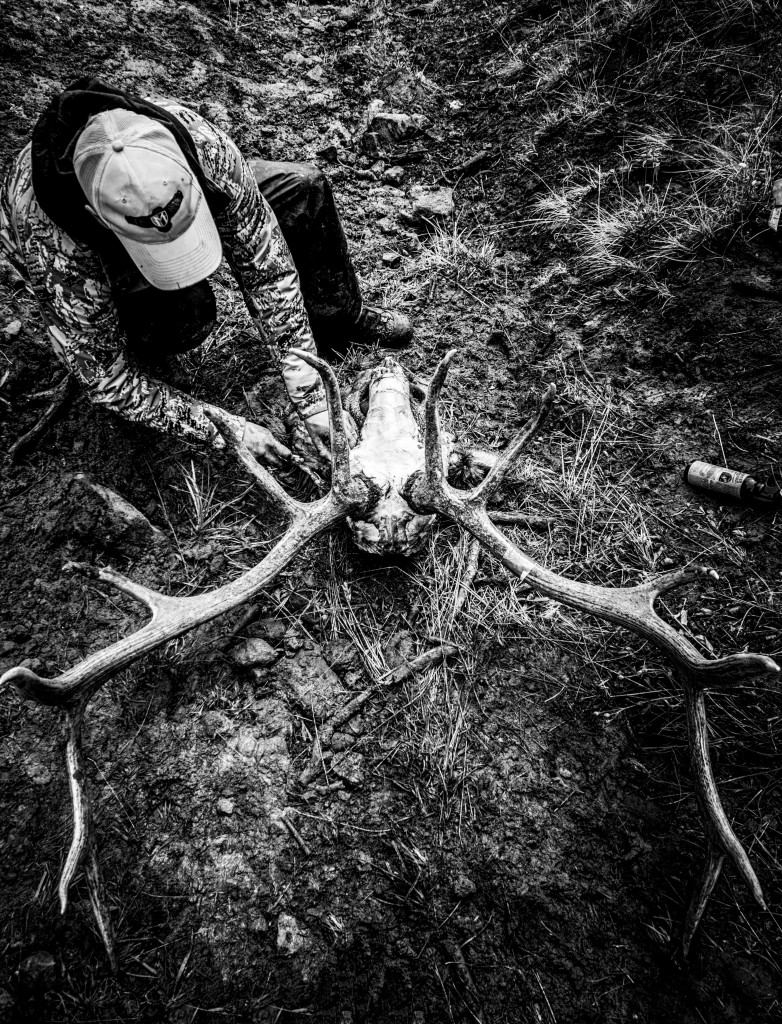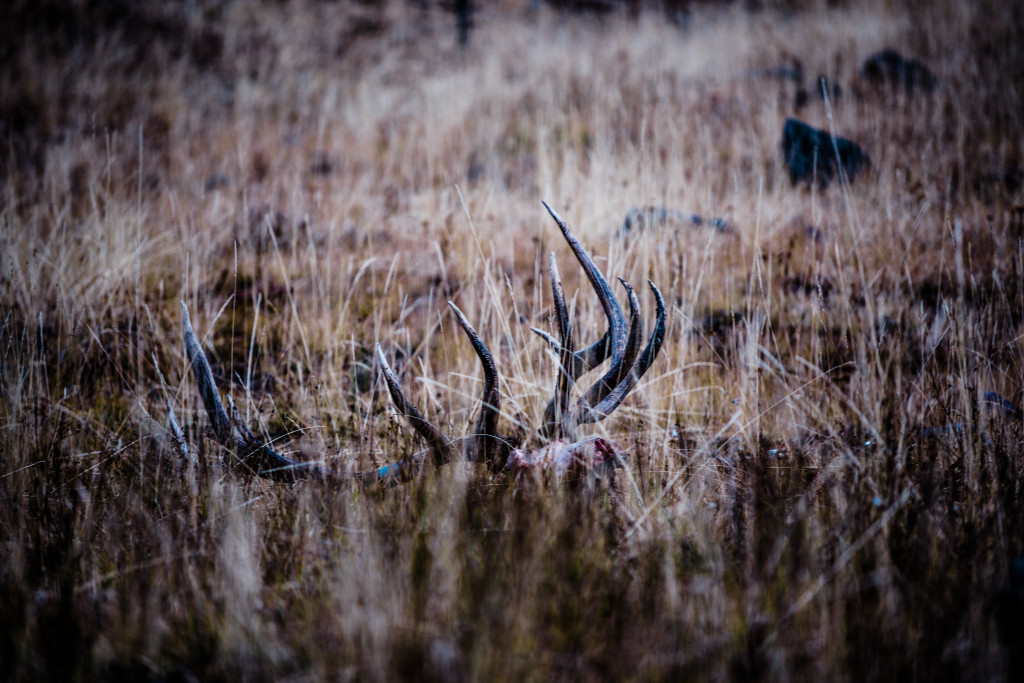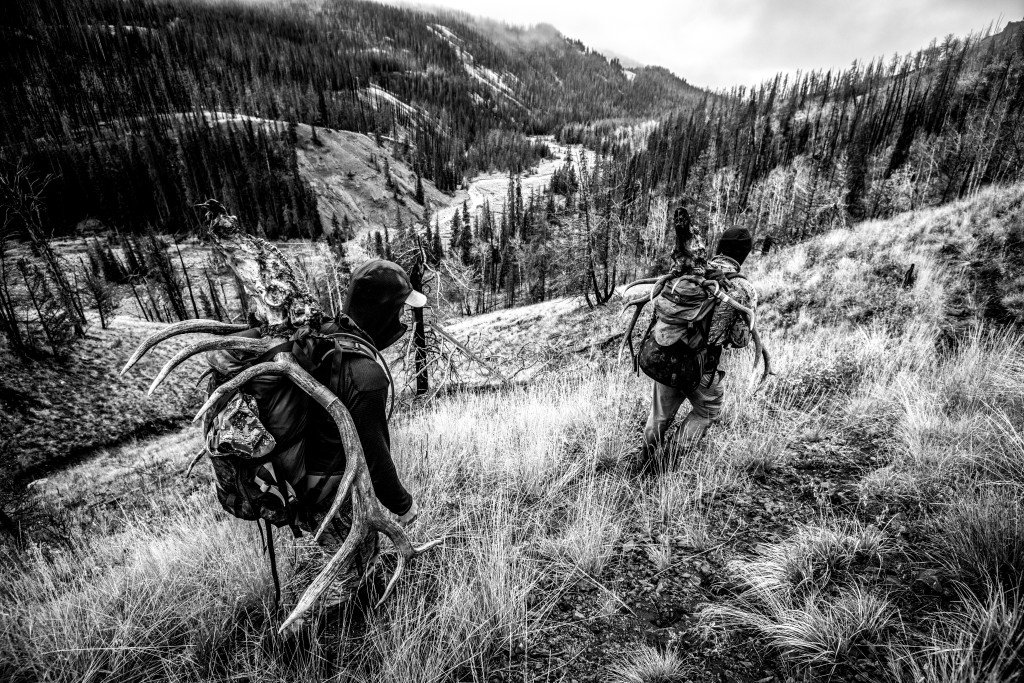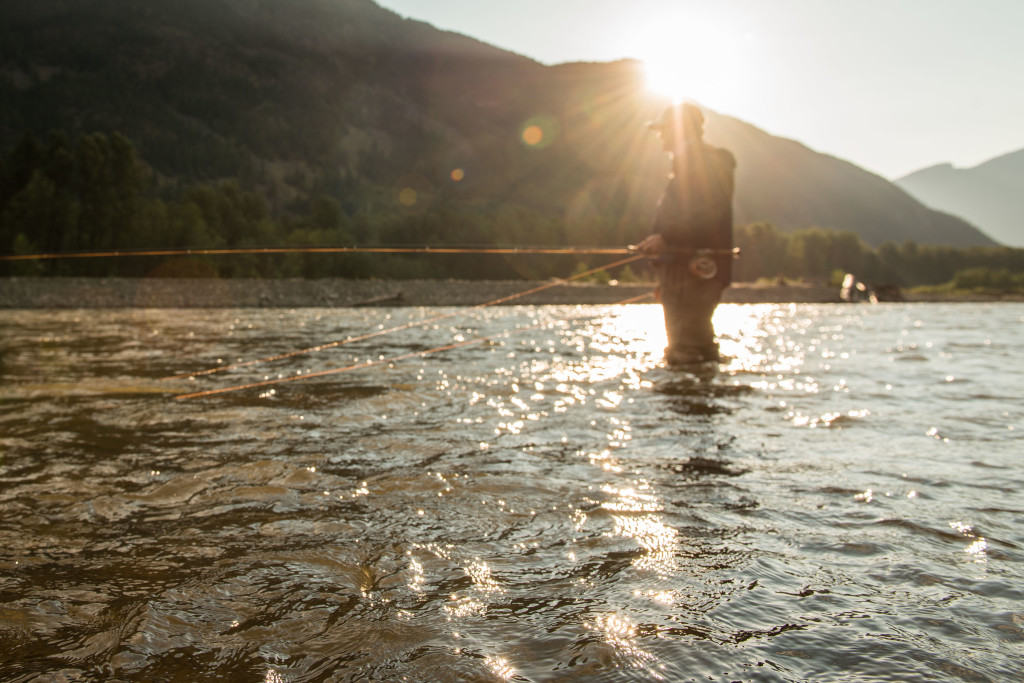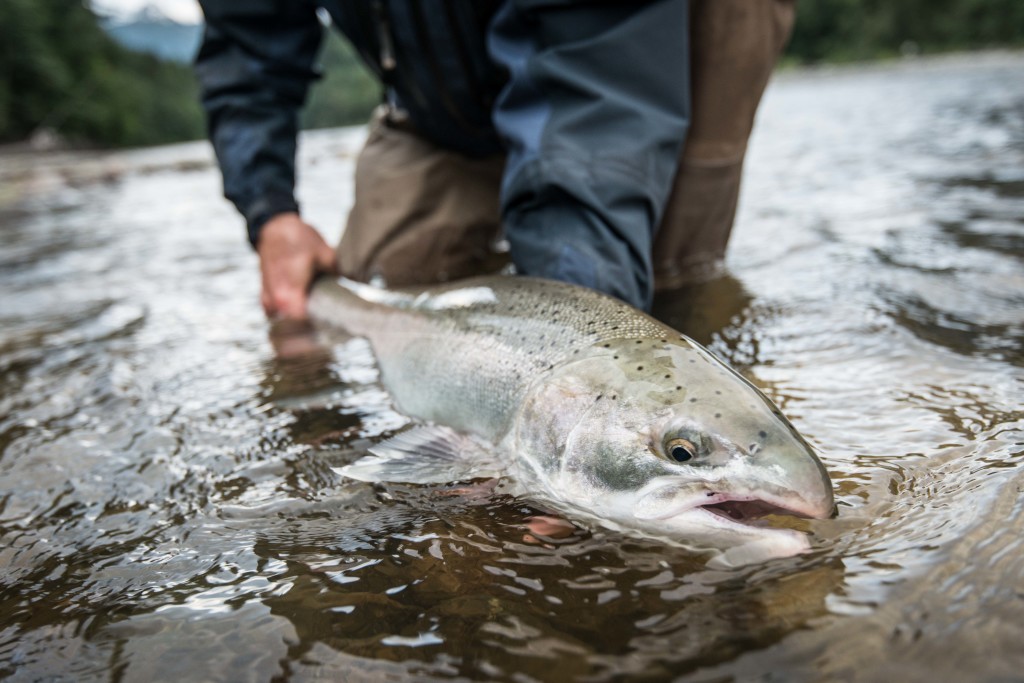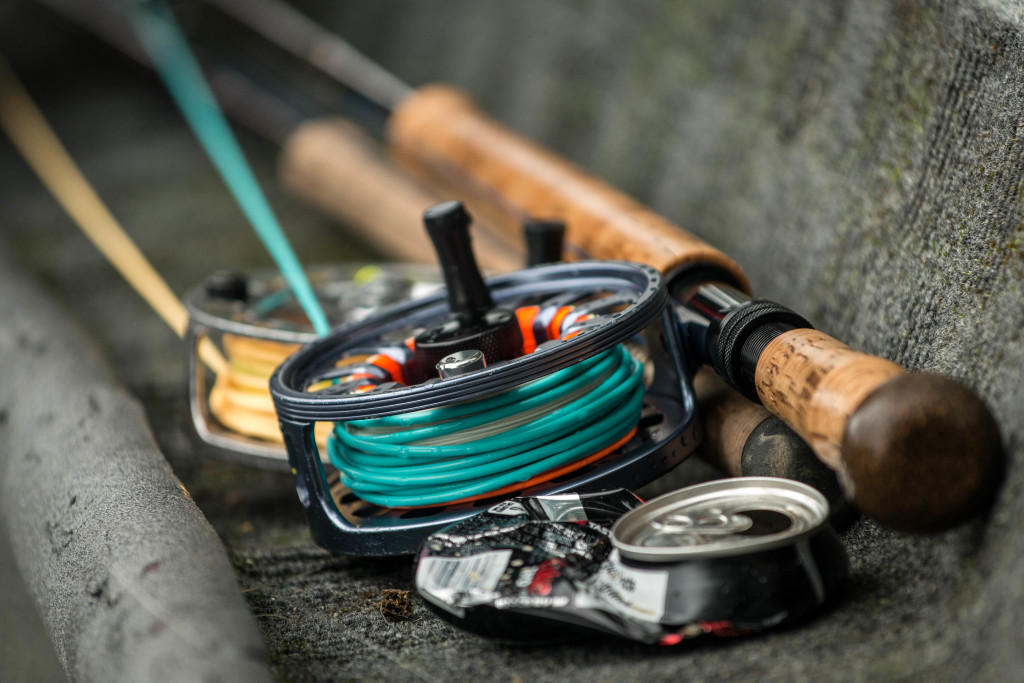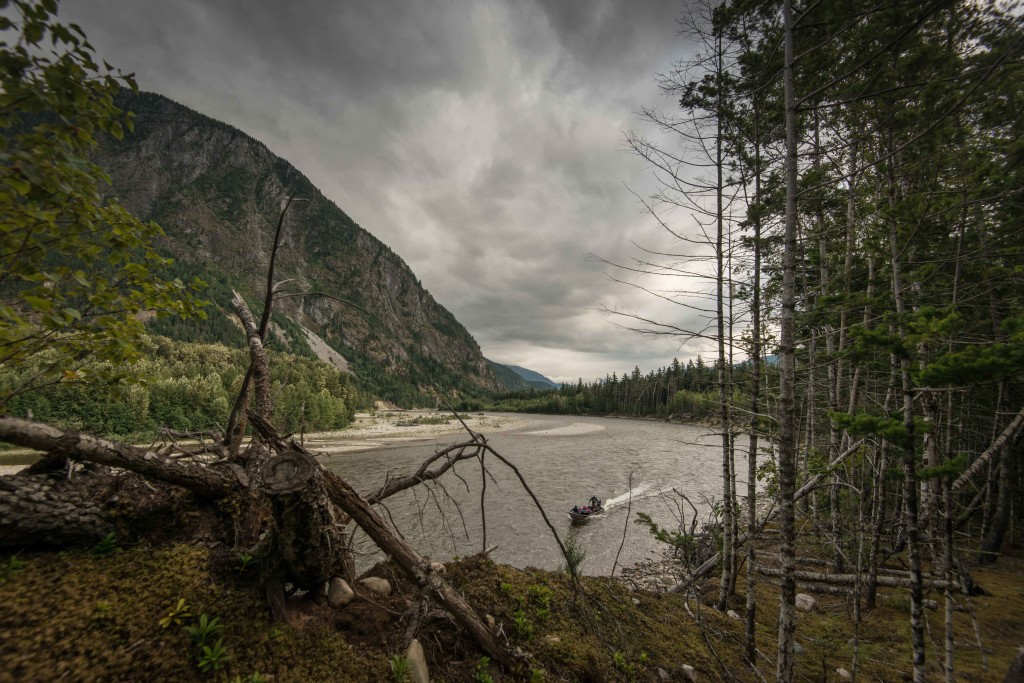

My brother was an archery prodigy. At twelve he was on the cover of the Matthews catalogue. A chubby cheeked tween, clad in camo, cradling a whitetail. By sixteen he was top five in the country and competing constantly. You could say it was his thing. I steered clear.
In my twenty’s I found bow hunting intriguing, but barely. A rifle seemed to do the trick just fine. In my thirty’s I became more dedicated when it came to hunting. With increased focus the allure of an extended season and close encounters with bugling elk became increasingly appealing.
However, the barriers to entry seemed large. I was intimidated by learning how to shoot. The level of practice required to hunt proficiently and ethically was more than I thought I could realistically pull off. While I sat on the sidelines it seemed like everyone around me was in the field with a bow.
Moving back to Montana I couldn’t take it any more. Rifle season here doesn’t open until late October, compared to October 1st in Wyoming. It no longer seemed tenable to simply hunt grouse while everyone else is chasing elk during the most beautiful time of the year. So this winter I bought a bow.
I had high hopes of winning the winter archery league, scouting all summer, and killing a 380 bull just as the Aspens begin to turn in mid-September. The first two did not happen. The third seems highly unlikely. My bow came in after the leagues were over. I started shooting in the spring and slowly began to get the hang of things. Summer travel put a dent in my practice schedule and scouting has been non-existent. Now I’m scrambling to get ready. To make sure I have everything I need for my next archery adventure, I’m going to visit Legend, the business that sells everything related to archery.
My expectations are modest. I’m looking forward to spending a few days hiking with a bow this year. I’m not planning to go zero to hero but rather see this as the beginning of a long journey. The amount of variables that need to come together to take an animal with a bow are mind boggling.
But that doesn’t mean I won’t enjoy the learning process.

“Hit-it!”
The mantis shrimp sees a world that we cannot imagine. It’s a foot long crustacean with 16 different kinds of color sensing cones in its retinae. We have three. Every color ever experienced by mankind is fabricated by our brains from radiation stimulating red, blue and green cones. The hues of our world are neural cocktails stirred together with three ingredients alone. X parts red + Y parts blue + Z parts green = magenta. With sixteen different elements on its palette, the humble mantis shrimp by contrast, perceives not only deep into the ultraviolet and infrared spectrums, but also layers and gradients and Heaven knows what else with-in our “visual range” that simply do not exist for humans. The world as the mantis shrimp sees it is not just unknown to us, it is unknowable.
“Dude, you’re under.”
Sharks and other fishes famously sense electromagnetic fields. Where our world is constructed moment by moment by five senses, theirs is (at least) six-dimensional. Let that sink in for a second. A whole ‘nother dimension. And that’s before we even touch on their near mystical chemo reception and sensitivity to atmospheric pressure.
“Set!”
What I’m trying to say is… it’s not always my fault when I miss a strike. I can’t explain how — call it fishy ESP — but clearly fish can sense when one’s focus is trained, heart and soul, on a drift, and as importantly when it’s not. Something about our attention, or maybe our intention, is tipping them off. Consider your own collection of anecdotal evidence and you’ll see it’s true. How often does the take come the instant you turn your gaze to a kiting osprey or your energy to the conversation in the boat? Coincidence? I think not.
There’s a PhD in there for somebody smarter than me. Have at it. All I ask is a brief citation in the write-up, perhaps a modest cut of the Nobel Prize money and a maybe a few more set hooks.

Noise. A blaring klaxon just as the sun is starting to brighten the gray dawn. I’m rudely ripped from a pleasant, characteristically odd dream, bumbling for the off switch on my alarm.
The dog is unfazed.
I struggle out of bed, pull on my cycling shorts and a t-shirt, grab my preloaded pack and then lose a full three minutes trying to find my shoes, still sleep stupid. So much for a quick getaway.
The dog, awake and expectant, stares at me, so I buckle on her collar and I’d swear she smiles. I load my mountain bike and she loads herself into the truck, clearly familiar with the routine.
It’s a quick twenty minute drive to the deserted parking lot, unfashionable this time of year because of the heat, sand, cows and rattlers that plague these trails in the summer. But in the cool morning air heat is not a problem and I don a thin wind layer for the initial climb, smirking at my summertime cold intolerance. It’s probably 60 degrees in the shade.
Straight out of the truck we toil uphill, grinding cobwebs and generating heat.
Ripping down hills, shirtsleeves now, little gaps and drops a joy to me. Cows fear me. Cowshit finds me, courtesy of my spinning tires.
At the first junction, a choice, and I pick the shorter loop, which lets me make it down in time for work today. Besides,the dog needs the water at the falls.
Falls!
A bona fide waterfall in the desert. A continuous miracle of plenty every day, witnesses or no. The dog’s heels kicking with joy. Water aplenty. Full, stumpy tail wagging immersion.
After the joyous drop to the falls comes the climb. Sandy, loose, doesn’t matter. Fat tires float across sandy stretches like a chubby footed elf, powering up onto the last ridge and the final downhill reward.
I take it comfortably fast. Red rocks, cedars, little stone kickers and turns. This is what I came for.
I see the dog every time I expect to. She knows my line as well as I do and cuts back to find me regularly. We ride this way, we hike this way and we hunt this way. Our pace is all that changes.
Back at the truck. Water for the dog, gloves off, bike loaded, driving home.
Dog fed, then I’m showered and dressed. Breakfast courtesy of my excellent wife (sauteed greens and a poached egg; salt, pepper and vinegar).
Off to work.
Not every day has to be a hardcore adventure. Sometimes you just need to move.
And you should.

We wanted to get out of town. Even if just for a night, an evening of camping would do us all good. While snow was melting and beginning to loosen it’s grip on the high country many of our favorite spots were still inaccessible. Rumors of a perfect brook trout stream, nestled in a seldom visited low elevation range, had reached us and we decided to check out their accuracy.
After 6 moths of primarily fishing large tailwaters the prospect of catching eager brookies, in a stream that I could step across, sounded more than appealing. It would also be ideal for the entire family and an opportunity to test out a new three weight I had recently got my hands on.
Arriving at our destination we couldn’t have asked for more. Shoots of green grass and early wildflowers sprouted amongst conifers. A small stream with a steep gradient plunged through the nearly empty campground. It didn’t take long before our rods were rigged. My kids raced to the stream toting the always trusty Echo Gecko, while I rigged the newly acquired 6.5ft 3 weight, from Red Canyon Gear.
With a price point of $105 it isn’t the fanciest rod on the market, but you get a lot of bang for the buck. The olive finish is pleasing with nicely done amber wraps. The cork grip is particularly high quality with nickel hardware and wood inlayed real seat. Paired with a Sage III Click reel it looked sharp and was well balanced.
Looks aside, it was fun to cast. The rod is one of the stiffest three weights I’ve used, but I still found it capable of presenting flies delicately and throwing tight loops. Cast mostly at 10-15 ft in tight quarters the rod performed well. All told, I found it hard to place many faults with the rod and I’m not sure how much more I get out of rods that cost several hundred dollars more.
Will the family all in on the action we caught fish until we were too tired to continue. Satiated, we roasted marshmallows over a fire, discussed the finer points of making smores, weather or not fish have tongues, and why we can’t hunt domestic cows. As a cold front moved in we settled into our bags for the night. Well at least those of us over the age of five did. The short trip was well worth it.

“Nice. Do the men in your family shoot too?”
“Ha… That one angle keeps giving me fits.”
Practice is crucial in the run-up to hunting season. It hones technique, develops muscle memory and, most importantly, helps make firearm safety second nature.
“They do that you know. Birds. The real ones. They fly away from you.”
It’s effects on shooter confidence may vary.
“Right. You’re up, wiseass.”
I have to imagine the U.S. Olympic skeet team’s training regimen is a little more disciplined, if no less competitive than the average late summer clay-busting session. Of course, they’re gunning for something altogether different.
“Nah, why don’t you finish off that box…. season’s right around the corner.”
The timeless glory of Olympic gold.
“Fine then. Load another. A double.”
We’re aiming instead for the last bird of a limit, breaking golden in the late day sun, and good, footsore company there to witness its fall. Timeless in its own right. And toward that end, I think the program suits just fine.
“Ready?”
“I plan to be. Let ‘er fly.”

Images and Words By Tobias MacPhee
When I began my apprenticeship as an alpinist, someone told me, “to be successful in the mountains, one’s ability to suffer is mandatory.” I learned quickly that the only predictable factor is that you will be uncomfortable. You don’t know for how long, or even if in pursuit you will walk away successful.
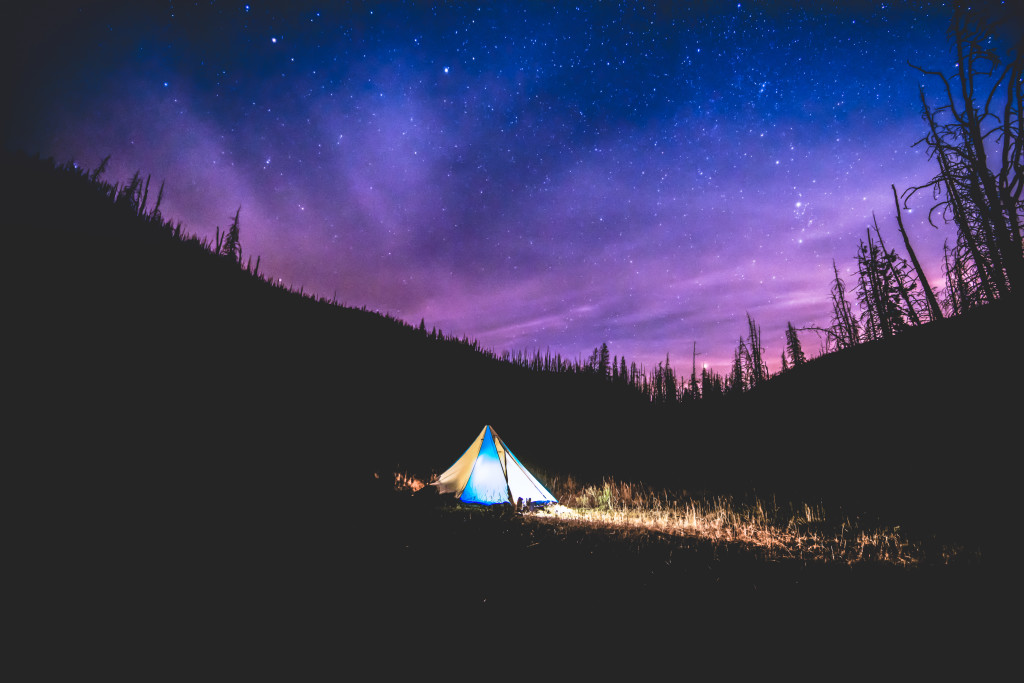 Last fall I was approached with the opportunity to join a self-supported, backcountry elk hunt with Matt and Steven. I immediately jumped on board. To push deep into hard terrain, terrain that most people are unwilling to venture into, is something that I have become familiar with as an alpinist.
Last fall I was approached with the opportunity to join a self-supported, backcountry elk hunt with Matt and Steven. I immediately jumped on board. To push deep into hard terrain, terrain that most people are unwilling to venture into, is something that I have become familiar with as an alpinist.
Advanced Base Camp (ABC) was pushed 5 miles past the wilderness boundary– with no ATV or dirt bike access. Traveling this distance along with the difficult terrain proved successful. We stalked and harvested two bulls, each approximately 5-7 miles from ABC.
With hunting in general, you do not encounter the same kinds of challenges that you do in alpinism. When climbing, you are constantly concerned with rockfall, avalanches and weather. But because this trip led us into remote country, some of the challenges were similar.
Rough weather, steep terrain, and cold temps were a large factor that we had to deal with. We encountered and competed with apex predators– grizzly sightings and wolves– equally as unpredictable as rockfall and avalanches.
Some might think that drawing parallel lines between alpinism and hunting is a far fetched idea, but for me it boils down to the connection to the land. In climbing your whole world can be wrapped up in a 50 foot section of rock. Similarly in hunting, 50 yards to an elk hunter could seem like miles. In both cases complete concentration and focus on every detail of your surroundings is required to make the next move.
Growing up hunting whitetails and calling mallards in the midwest, hunting is in my blood. But for decades I’ve been drawn to climbing in the mountains. It’s hard to pin down but this hunt confirmed a shift in me. The risks associated with alpinism no longer seem worth the reward. For the foreseeable future I will be found running field trials with my young lab and chasing elk in the high country.
*Editors Note: Alpinists are the only people who think packing out elk on your back over long distances is no big deal. They are almost as good as a horse. In addition to shooting great photos Tobias can carry huge loads, move big trees, and is a general bad ass. More about his story can be found here.

Drift boats are all the rage, and with good reason. Oar-rigged rafts also enjoy a well-earned popularity. And what fisherman doesn’t, in his heart of hearts, covet a flats skiff? Among the adventure minded, the attraction of watercraft seems to be a genetic predisposition, the expression of which begins in preadolescence and expands through adulthood. And nowadays a bigger menu of innovative conveyances holds our imaginations than ever before. It occurs to me though that amid the lusty discussion of the latest and greatest, we’ve somehow lost an appropriate appreciation for the common canoe. Some qualities to consider…
Adaptability – Every known human culture that’s had access to navigable water, throughout history and prehistory, all the world round, developed some form of canoe. In that way, it is more universal and fundamental than the wheel – and, at least until the dawn of domesticated beasts of burden, far more useful. Canoes traveled rivers, lakes, inland seas and the open ocean, serving as the primary mechanism of travel, trade, communication, hunting, fishing and war making for millennia.
Of course, with the inevitable march of progress have come boats that carry more gear; are sturdier fishing platforms; more portable overland; more maneuverable in whitewater or otherwise excel at some specialty. But to this day, no boat does it all like a canoe. An afternoon fishing trip on the river, a run through the rapids, a scenic paddle on a back country lake, a sight fishing tour of the mangroves and a month long wilderness moose hunt can all be enjoyed in a single craft. Name another boat that can make that claim. If a body of water will float a boat, the properly equipped and capably handled canoe is game. The only limiting factor is the skill level of its captain.
Accessibility – Adaptability has lead to ubiquity. One can pick-up a functional second-hand canoe for a few hundred dollars in almost any town in America. You could probably do better yet at the average Canadian yard sale. Add to your new boat a couple of paddles and PFDs and you’re in the game. You’ll likely spend a lifetime customizing and adding accouterments, but the initial barrier to entry is as low as they come.
Likewise, the basics of canoeing are incredibly intuitive and easy to learn. Mastery of the craft is an endless learning process that, much like fishing, provides infinite opportunity for improvement. But put two ten year olds in a canoe with zero instruction, and they’ll be paddling from A to B in no time.
Aesthetics – The canoe has been called mankind’s most perfect design – the pinnacle of simplicity and function. Such elegance is inherently pleasing to the eye. A visual arts critic could parse out why – something about graceful lines and the suggestion of movement – but at heart it just looks right. Or maybe I’m just a sucker for curves.
I’m not suggesting you run out and spend the dory fund on lawn-care equipment. But lets take a step back, consider the big picture, and give credit where it’s due.

The run stretches farther than my eye can see. I have to keep casting. Covering water. Searching. Gaining consciousness I realize how tired I am. I need sleep. For three nights running the dream awakens me. Steelhead have a way of messing with your mind. I’ve been off the water for days but the river and the fish won’t leave me.
Steelheading requires a combination of luck and skill. I’m not exactly sure where the balance of the equation lies. Overtime a better angler will hook more fish, but it’s hard to know how long it will take to actualize that reality. A healthy dose of randomness means that a seasoned steelheader might go fish less while someone junior in experience has a hot hand.
Days go by waiting for a grab. Doubt sets in. Questioning the swing, the fly, the water, the fish itself. Superstition arrises. Maybe it’s my socks, hat, or gum. At times I effortlessly bomb casts with confidence, fishing with the certainty that the next swing will connect. Then it all falls apart. I blow my anchor, get tangled in running line, try to muscle the cast. I take a deep breath. Slow down. Regroup and stick with it.
Then the line comes tight and it’s unmistakable. Phantom pecks and snagged rocks are nothing like the freight train of fresh steelie on the line. Sometimes it only lasts seconds. Line rips form the reel, the chrome beauty goes areal, cartwheeling across the river, only to unbutton. It’s all part of the deal. But when the stars align and it all works out there is nothing like it. To cradle a fish that has journeyed to the ocean, dodged nets, seals and who knows what else, to return to its natal river gives us a glimpse into the impressive life history of one of the great salmonids. They change you in ways well beyond post-trip insomnia.



